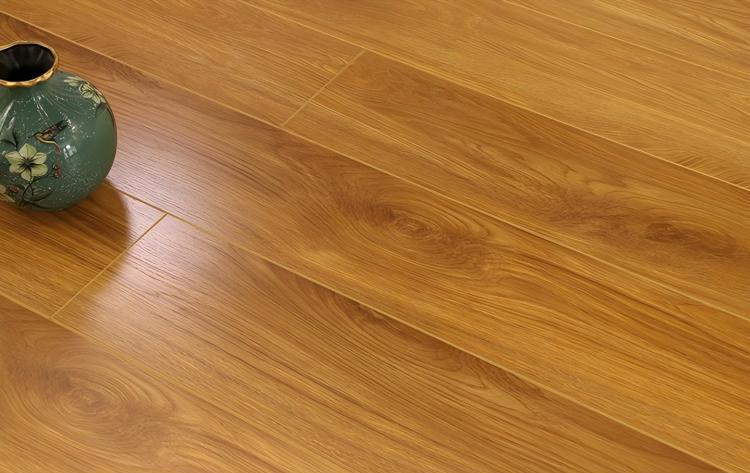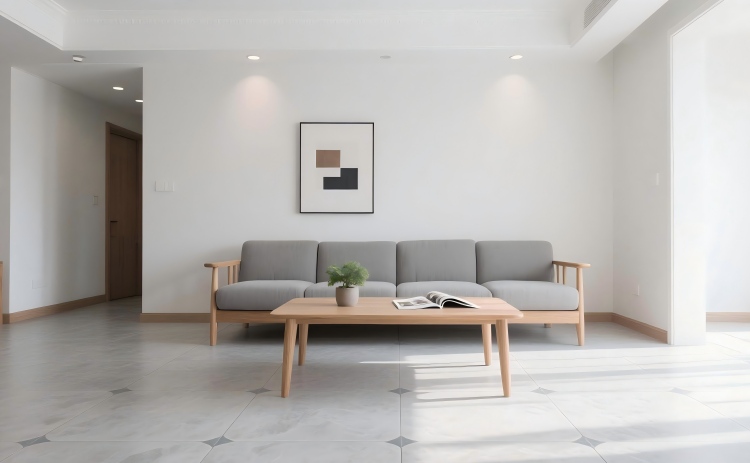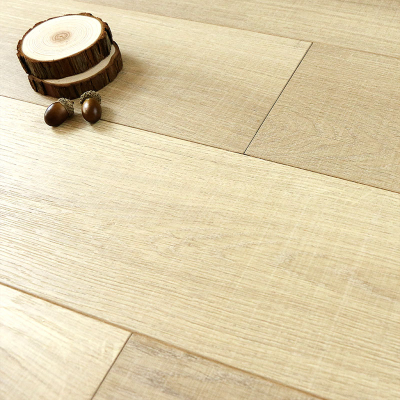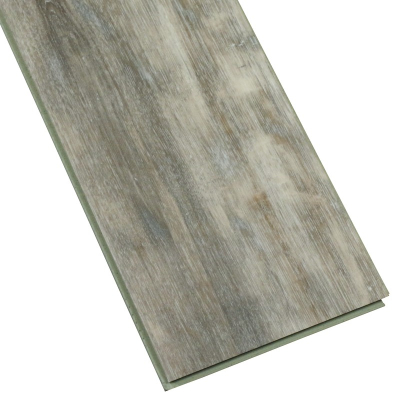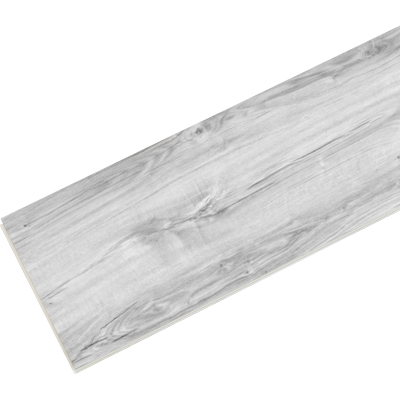Is engineered flooring better than tile?
Suggestions for selecting engineering flooring
If the following requirements are emphasized, engineering flooring is the preferred choice
Comfort experience: It has a warm and smooth touch, providing high comfort when stepped on barefoot. It has excellent heat preservation performance and can enhance the warmth of the space. At the same time, it has excellent anti-slip performance, providing better home safety.
Cost advantage: When the floating laying process is adopted, the comprehensive cost of material procurement and construction installation is usually lower than that of ceramic tiles.
Easy maintenance: Minor scratches on the surface can be repaired by grinding. If a single board is damaged, it can be replaced independently, with low maintenance costs and no impact on the overall laying effect.
Tile selection suggestions
If the core demands focus on the following dimensions, tiles are the ideal choice
Superior durability: It features excellent wear resistance, scratch resistance and impact resistance, with strong physical stability and a service life far exceeding that of conventional floor materials.
Ultimate water resistance: With outstanding waterproof performance throughout, it is not afraid of long-term moisture or water bubbles, making it an essential material for wet areas such as kitchens, bathrooms, and balconies.
Easy to clean: The surface is dense and smooth, with strong anti-fouling ability. Daily cleaning can be directly rinsed with water. Maintenance is convenient and the long-term cost is low.
Compatible with floor heating: With a high thermal conductivity and excellent heat conduction efficiency, it can maximize the performance of the floor heating system and is a suitable floor material for floor heating environments.
Professional selection strategy
There is no need to be bound by a single floor material for the entire house. It is recommended to adopt the principle of functional zoning adaptation: for example, laying engineered flooring in the main activity and rest areas such as the living room and bedroom, taking into account both comfort and warmth. Tiles are laid in wet areas such as kitchens and bathrooms, as well as in frequently used areas, to enhance durability and ease of maintenance. This solution can achieve the optimal balance among aesthetics, functionality and economy.

